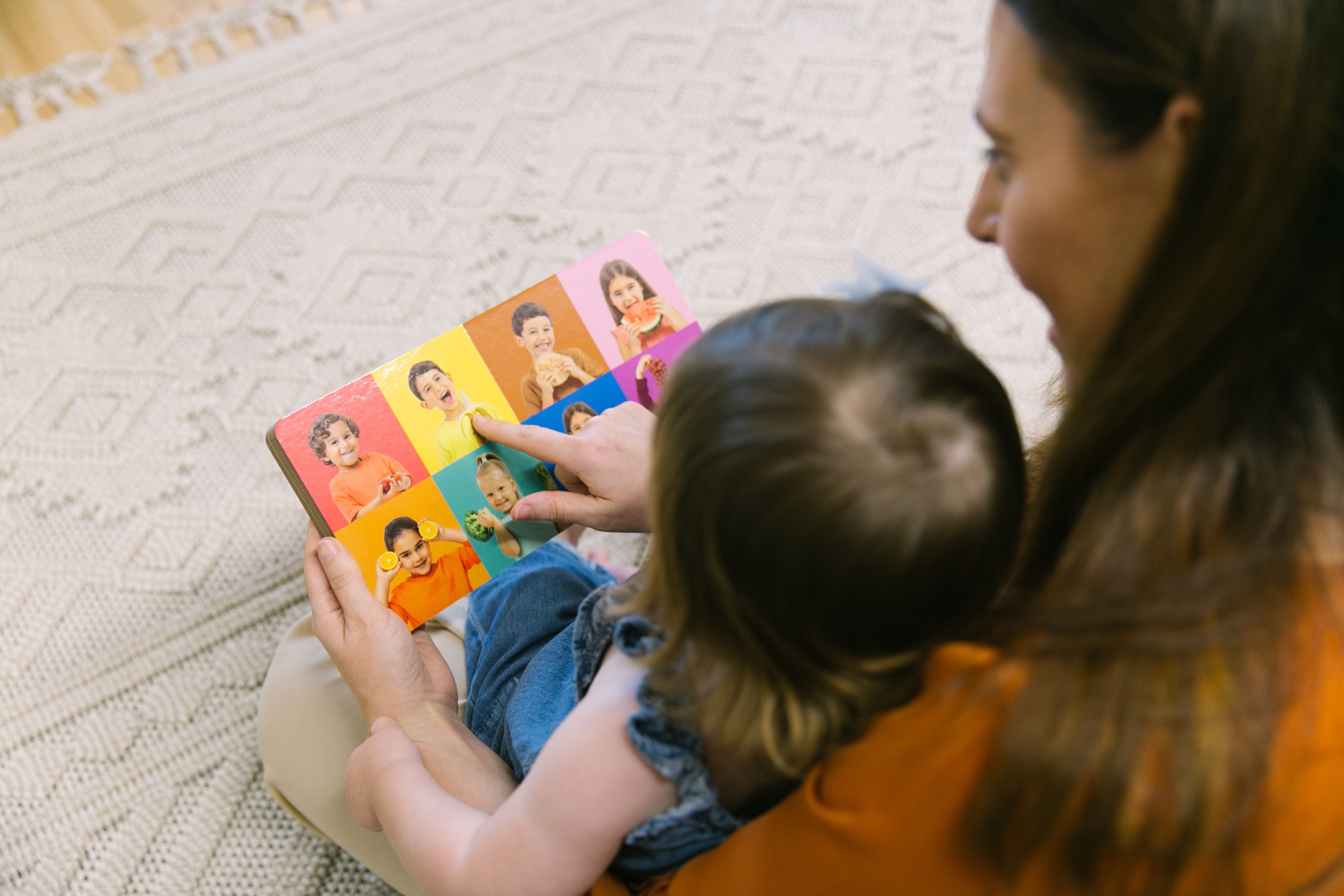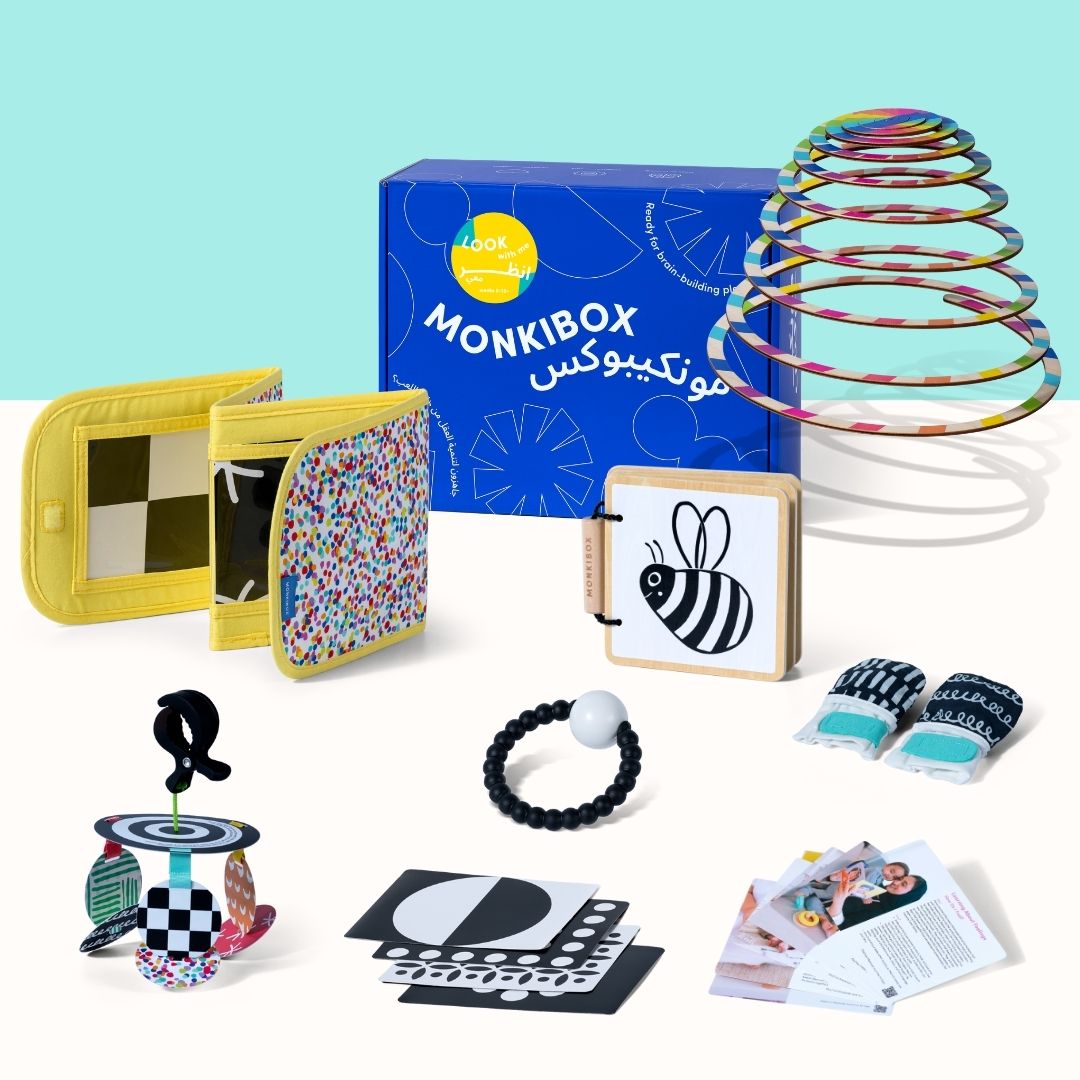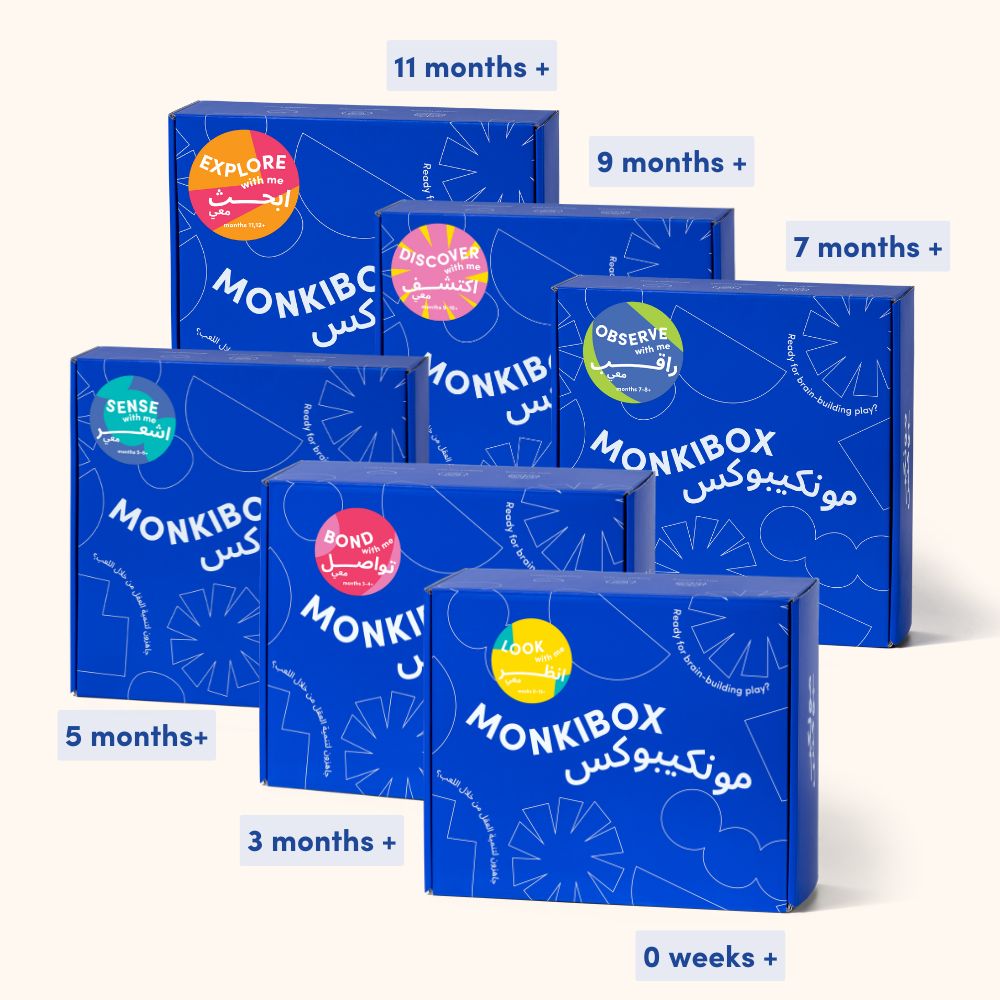Introducing your toddler to pre-reading and writing activities is crucial for laying a strong foundation for literacy. These early experiences stimulate neural connections in the brain, enhancing language processing and comprehension skills. Here are some engaging tactics to encourage pre-reading and writing skills in your toddler.
1. Read Aloud
Regularly reading age-appropriate books aloud to your toddler is one of the most effective ways to build pre-reading skills. Point to the words as you read, emphasizing the connection between spoken and written language. Choose books with large, colorful pictures and simple text. As you read, discuss the pictures, ask questions, and encourage your toddler to express what they see. This interactive approach not only fosters language development but also makes reading a fun and engaging activity.
2. Interactive Books
Opt for interactive books with textures, flaps, or buttons that make noise. These books engage your toddler's senses and make reading a multi-sensory experience. This engagement helps your child associate reading with enjoyable, hands-on experiences, which is crucial for building a positive attitude toward books and learning.
3. Storytelling
Encourage your toddler to engage in storytelling by asking them to narrate their version of a familiar story or describe the pictures in a book. This fosters creativity, language development, and understanding of narrative structure. You can also dictate stories your toddler tells and write them down, helping them understand the connection between spoken and written language.
4. Writing Tools
Provide your toddler with writing tools like crayons, markers, and chalk. Allow them to experiment with making marks on paper, which promotes hand-eye coordination, precision, and control. These early writing activities also encourage a well-developed pincer grip, which plays a crucial role in pre-writing skills. Even simple scribbling is an important step in developing the fine motor skills needed for writing.
5. Letter Play
Play games that involve letters, such as alphabet puzzles or letter-matching activities. Make it fun and interactive to keep your toddler engaged. These activities help your child become familiar with letters and their shapes, laying the groundwork for letter recognition and, eventually, reading.
6. Sensory Writing
Let your toddler practice writing in sensory materials like sand, salt, or shaving cream. This adds a tactile element to the writing experience, making it more engaging and memorable. Sensory writing also helps with letter formation and fine motor skills, making it an excellent precursor to more traditional writing exercises.
Encouraging pre-reading and writing skills in your toddler is an essential step in their literacy journey. By incorporating these engaging activities into your daily routine, you’re helping your child develop a love for reading and writing, as well as the foundational skills they’ll need for future academic success. Remember, the key is to make these activities fun and interactive, so your child associates learning with positive and enjoyable experiences.





